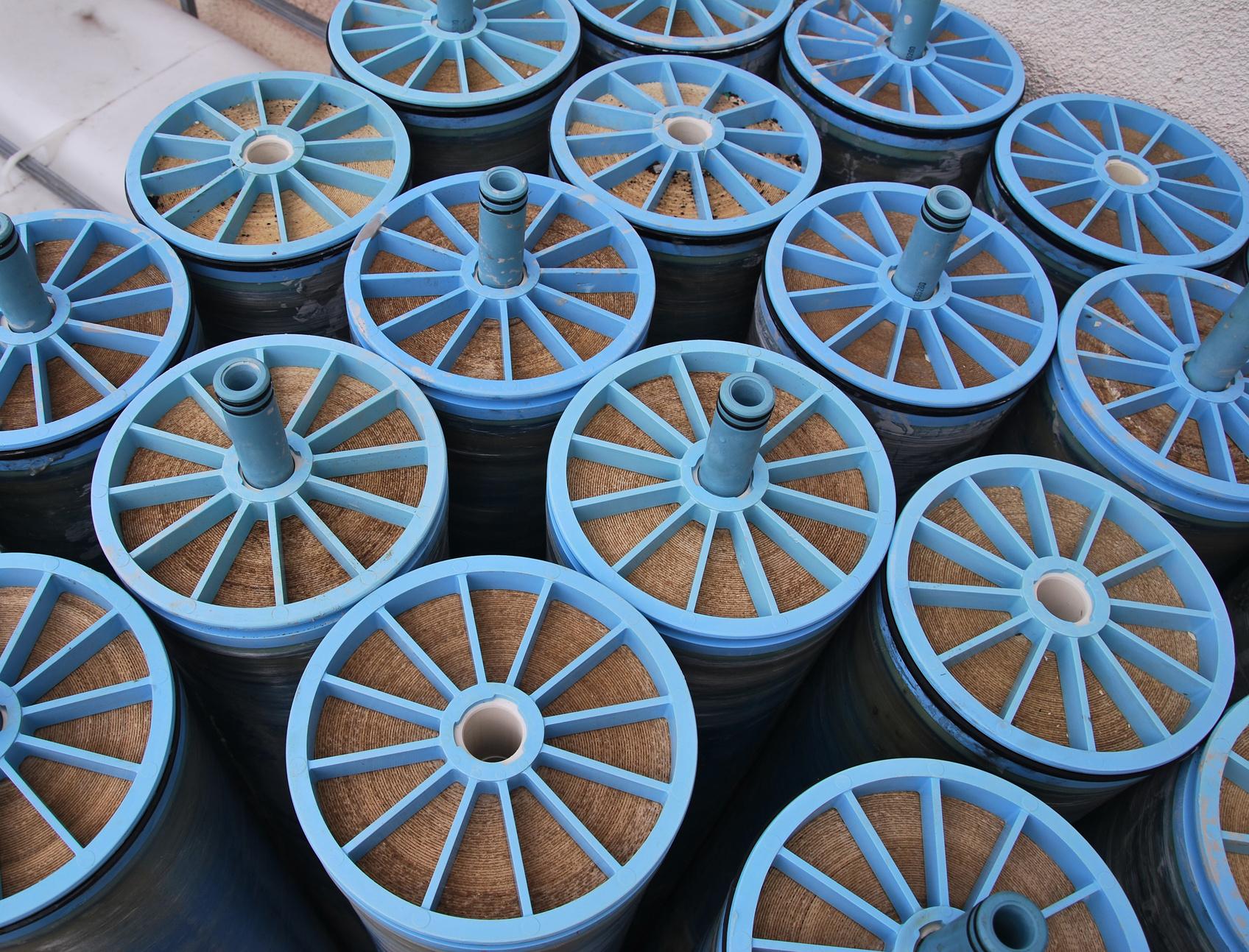Membrane technology has seen remarkable progress in recent years, addressing a range of applications from water purification and gas separation to processes in the food industry. One persistent challenge across these fields is membrane fouling, where unwanted materials accumulate on the membrane surface, impairing its performance.
Recent advancements in membrane technologies offer promising solutions to this issue, significantly enhancing the efficiency of membrane systems. Keep reading this article to learn more.
Understanding Membrane Fouling
Membrane fouling occurs when unwanted substances accumulate on or within the membrane, disrupting its function and efficiency. This fouling can be caused by organic matter, inorganic compounds, microorganisms, or suspended particles, each leading to different types of blockage. Awareness of these factors can help prevent fouling and preserve membrane performance.
The types of fouling include cake layer formation, pore blockage, and intermediate layer formation, each affecting the membrane differently. Cake layer formation creates a barrier on the membrane surface, reducing flux, while pore blockage decreases the adequate pore size. Intermediate layers add another level of complexity, making cleaning and maintenance more challenging.
The impact of fouling includes reduced flux, increased pressure drop, and more frequent maintenance requirements, which can lead to higher operational costs. Fouling also compromises the separation efficiency, affecting the quality of the final product. Practical strategies to manage fouling include pre-treatment, regular cleaning, advanced membrane materials, and operational adjustments to optimize performance.
Advances in Membrane Materials
Recent advancements in membrane materials have been pivotal in addressing the challenges of membrane fouling and enhancing overall filtration performance. One significant development is the creation of membranes with engineered pore sizes and surface properties designed to minimize fouling. These materials are tailored to prevent the adhesion of contaminants and reduce the accumulation of organic and inorganic substances, leading to more efficient and longer-lasting membrane systems.
With the recent innovations in polymer chemistry, membranes that exhibit enhanced resistance to fouling have been formulated. For example, hydrophilic and anti-biofouling coatings have been applied to membrane surfaces to repel organic materials and microorganisms. These coatings improve the membrane’s resistance to fouling, thereby maintaining high flux rates and reducing the frequency of cleaning required.
Another significant development is the emergence of sophisticated composite membranes that integrate various layers of distinct materials to enhance performance. These composite membranes leverage the strengths of each material, such as high permeability and chemical resistance, to enhance fouling resistance and operational efficiency. This multi-layer approach allows for better handling of various feed compositions and improves the durability of the membrane systems across diverse applications.

Innovations in Membrane Designs
Recent innovations in membrane designs have significantly enhanced the effectiveness of membrane systems in managing fouling and improving filtration performance. One major advancement is the development of hollow fiber membranes, which feature a high surface area relative to their volume. This design innovation helps distribute the flow more evenly, reducing concentration polarization and minimizing fouling by preventing the buildup of contaminants.
Another significant development is the optimization of membrane module configurations to improve fouling resistance. For instance, new designs focus on improving flow dynamics within the membrane modules to reduce the risk of localized fouling and enhance overall system efficiency. These design adjustments help maintain consistent flux rates and extend the operational life of the membranes.
Additionally, advancements in membrane module designs incorporate enhanced cleaning and maintenance features. Innovations such as integrated backwashing and automated cleaning systems make managing fouling and restoring membrane performance easier. These features simplify maintenance procedures and minimize downtime, contributing to lower operational costs and increased reliability.
Enhanced Membrane Filtration Techniques
Recent advancements in membrane filtration techniques have significantly improved fouling management and filtration systems’ overall efficiency. Innovations such as optimized flow patterns and pressure management techniques help mitigate fouling by reducing concentration polarization and minimizing pressure drop. These improvements ensure a more consistent flux rate and enhance the membrane’s ability to handle various feed compositions.
Additionally, advanced cleaning protocols and operational adjustments are now employed to address fouling more effectively. Techniques such as dynamic backwashing and periodic chemical cleaning have been refined to target and remove fouling agents better. These enhanced methods contribute to lower maintenance costs and extended membrane lifespan, leading to more efficient and reliable filtration processes.
Applications Across Industries
Advancements in membrane technology have significantly impacted various industries by improving efficiency and performance. In the food industry, enhanced membrane systems are used for processes like concentration and purification, where reducing fouling ensures consistent product quality and operational efficiency. Innovations in membrane materials and designs help manage fouling, critical for maintaining high standards and reducing downtime.
In natural gas separation, advanced membrane technologies facilitate the efficient separation of gases, such as methane and carbon dioxide, from natural gas streams. By addressing fouling issues, these technologies improve the reliability and cost-effectiveness of gas processing operations. This is essential for complying with regulatory standards and enhancing resource efficiency within the energy industry.
In water treatment, improved membrane filtration techniques enhance the removal of contaminants and ensure safe, clean water for various applications. These membrane systems offer greater operational stability and lower maintenance costs by minimizing fouling, making them essential for municipal and industrial water treatment facilities. These developments enhance the sustainability and efficiency of water management practices.
Conclusion
The continuous advancements in membrane technology are pivotal in overcoming the challenges associated with membrane fouling. By developing new materials, enhancing membrane designs, and refining filtration techniques, these innovations ensure more efficient and reliable membrane systems. As research and technology progress, we can anticipate even more significant improvements in managing fouling and optimizing membrane filtration processes across diverse applications.


